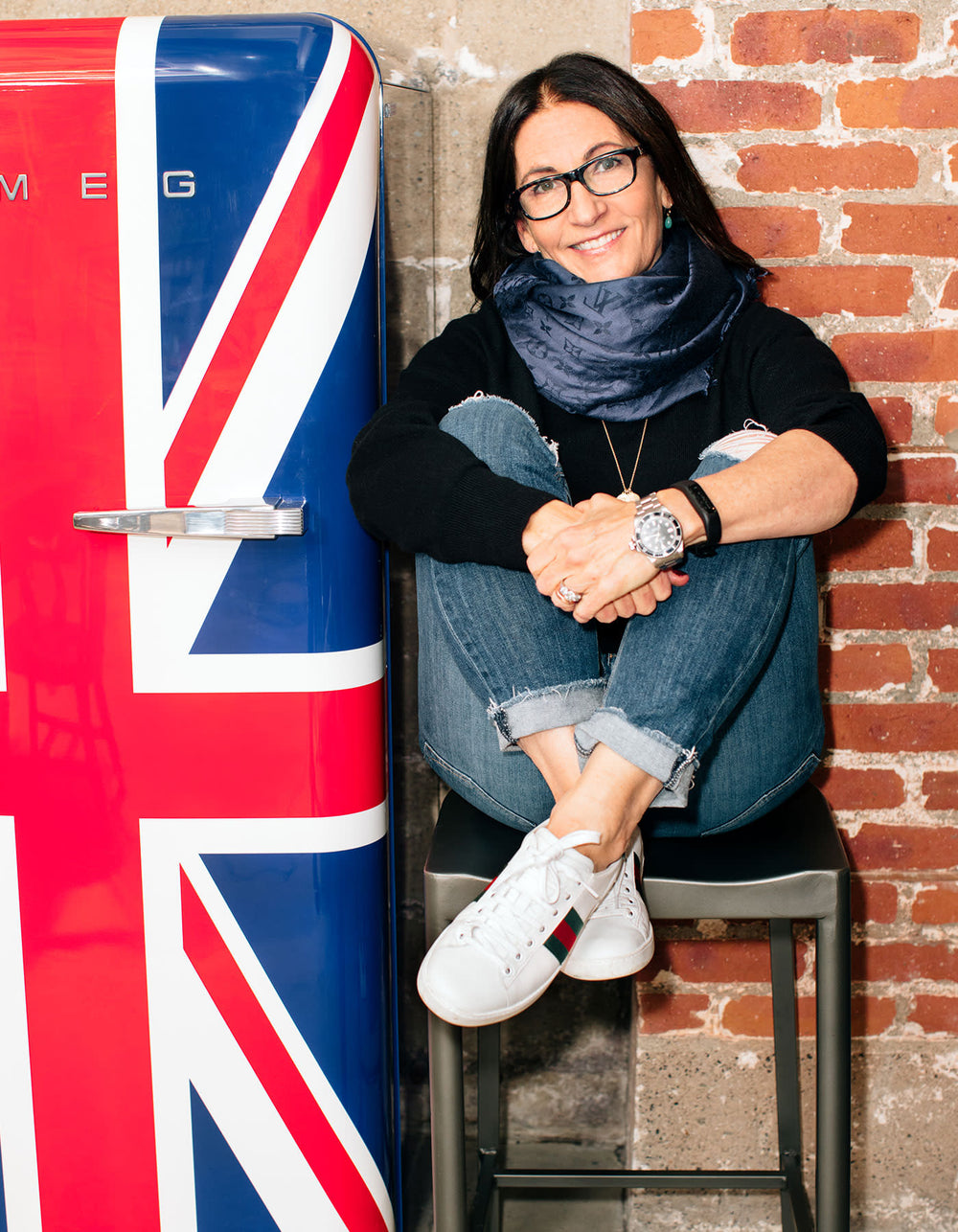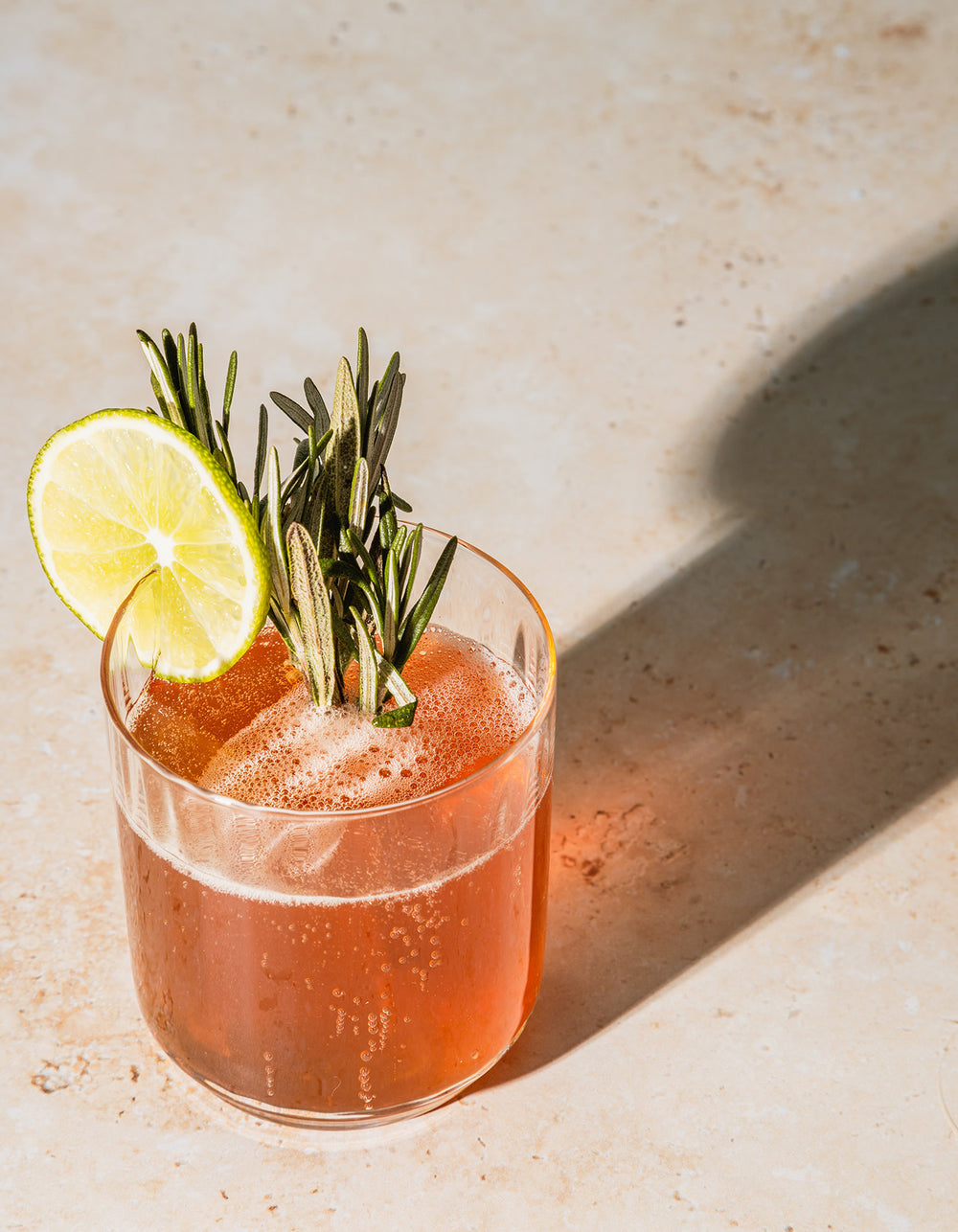Diary / Beauty / Sep 26, 2022
Bobbi Brown's Guide to Finding Your Makeup Colors
Written by: Bobbi
Photography by: Ben Ritter

My eye is so conditioned to choose what makeup works, that sometimes it is hard to explain. Here are some basic, old school (and new school) rules to get you started. Remember – check the application in daylight!
Foundation
The only way you know if a foundation or tinted moisturizer is the right color for your skin is to test it on the side of your face (on your cheek) if it disappears, it is the right color. Then you can use a bronzer as a skin tint if you need to correct your neck or chest. This rule works so that it allows you to use it strategically on red spots without having to apply the shade all over. I’m not a fan of visible foundation, as I’m sure you know.
Powder
For most people, a powder with a yellow undertone works to help cut redness and add warmth. Choose a shade that matches the color of your skin almost exactly. If you have very oily skin, powder can turn a darker shade, so go one shade lighter. If you are super pale, you might need a sheer, white powder. Translucent powder turns the skin pink.
Eyeshadow
There is no one right shadow color. It’s really your personal preference. For a basic eye, your base color should be a pale shadow that lightens your whole lid and is almost invisible. I recommend white or bone for fair skin and banana- or peachy-toned shadows for darker skin. Then you can play with medium and darker colors layered on top. If you have redness, stay away from shades with red or purple undertones, as those will highlight the issue.

Blush
Very pale skin looks amazing with a pastel pink shade with cool tones. For skin that is slightly warmer but still pale, look for a pink that is a bit dustier. For skin that tans easily and rarely burns, go with a tawnier pink that has some brown tones in it. Women with tan, warm skin tones should choose an almost plum shade that looks like a rich pink when applied. For deeper skin tones, redder shades that have bluish tones like cranberry leave a beautiful finish.
Bronzer
Light brown bronzer with a hint of pink and coral is best for pale skin. Medium skin tones look good with a medium brownish pink or brownish coral. Women with dark skin should look for bronzer that is dark brown with blue or red undertones. Bronzers come in both shimmer and matte versions. If your bronzer looks too red, orange, or ashy, you have the wrong shade.
Mascara
The one shade of mascara that looks good on everyone is black. If you are blonde or have light red hair, dark brown is an option, but only if you want a more subtle, natural look. Otherwise, choose the blackest mascara you can find and wear it day and night.
Lipstick
The right lip color for you is based on three things: your style, your natural lip color, and your skin tone. To find your best nude—your go-to color for an everyday, natural lip—shop when you are barefaced. Bite your lips and then try to find a lipstick that matches that color. The right shade will give your complexion a lift and make your eyes appear brighter— even when it’s all you have on. In general, the most flattering natural hue will either match or be slightly darker than your lips. Avoid shades lighter than your lips, especially those with gray or beige undertones, as they will make you look washed out.
If you want to make a statement, go with strong colors like classic red, deep burgundy, or bright orange. Don’t be afraid to mix your own shade, using two or more of your favorite colors. I never choose a lipstick color to match clothes; instead I like to keep a balance and avoid a color war. If you are wearing strong colors, your lips can be more neutral and vice versa. Bright pink lip? Go with navy, gray, or white for your top.
Lip Gloss
Lip gloss is the most forgiving, especially if it’s sheer. You can blot or mix shades, but pay attention to what color the tones will turn with the natural lip color.













































 Miracle Balm
Miracle Balm
 Just Enough Tinted Moisturizer
Just Enough Tinted Moisturizer
 What The Foundation
What The Foundation


